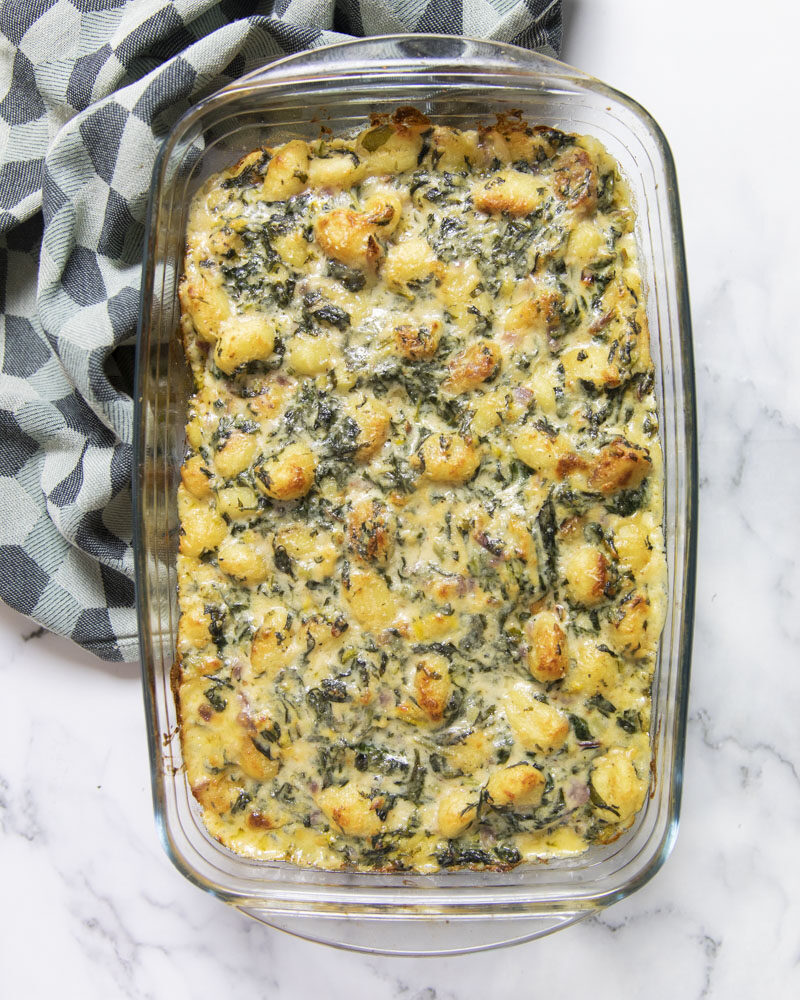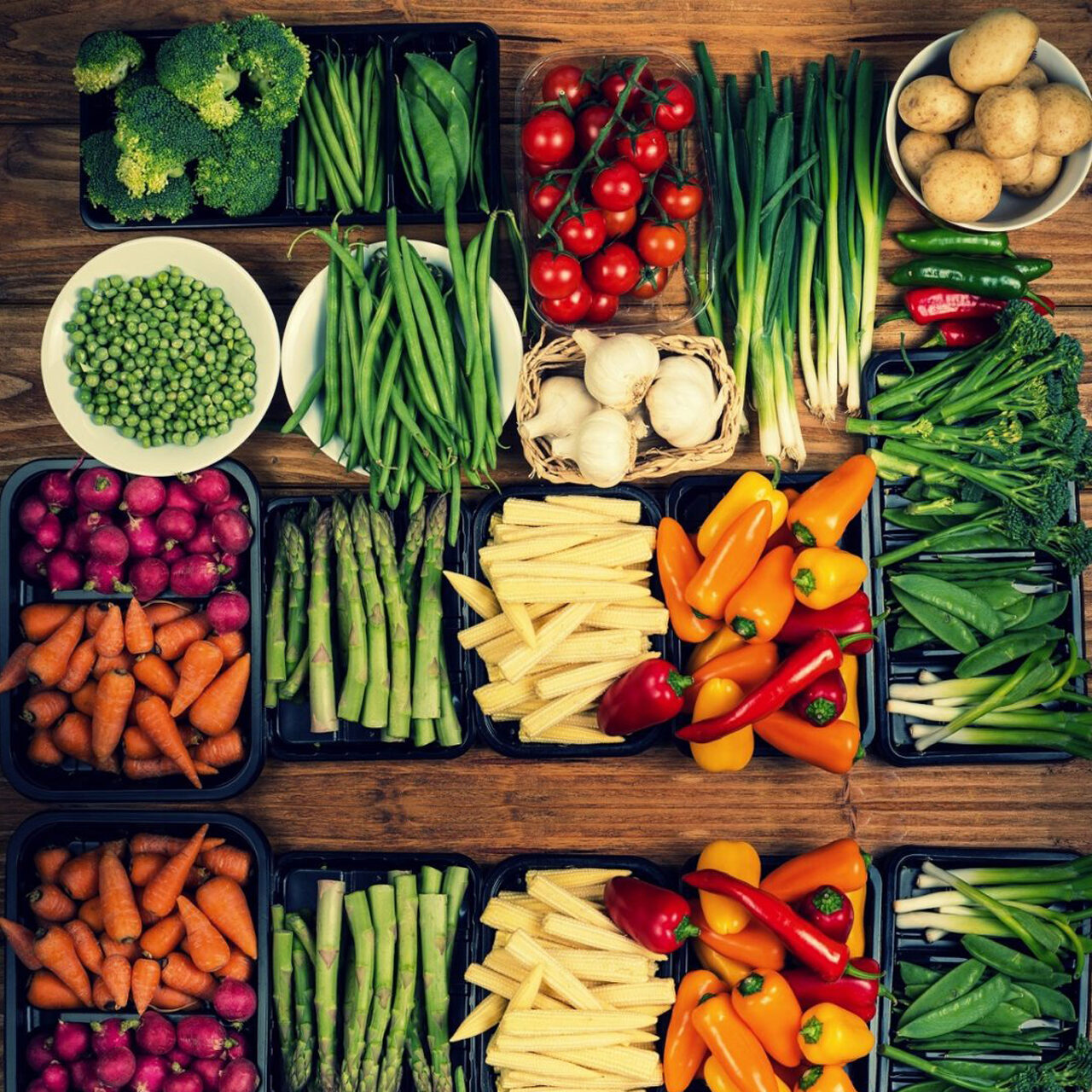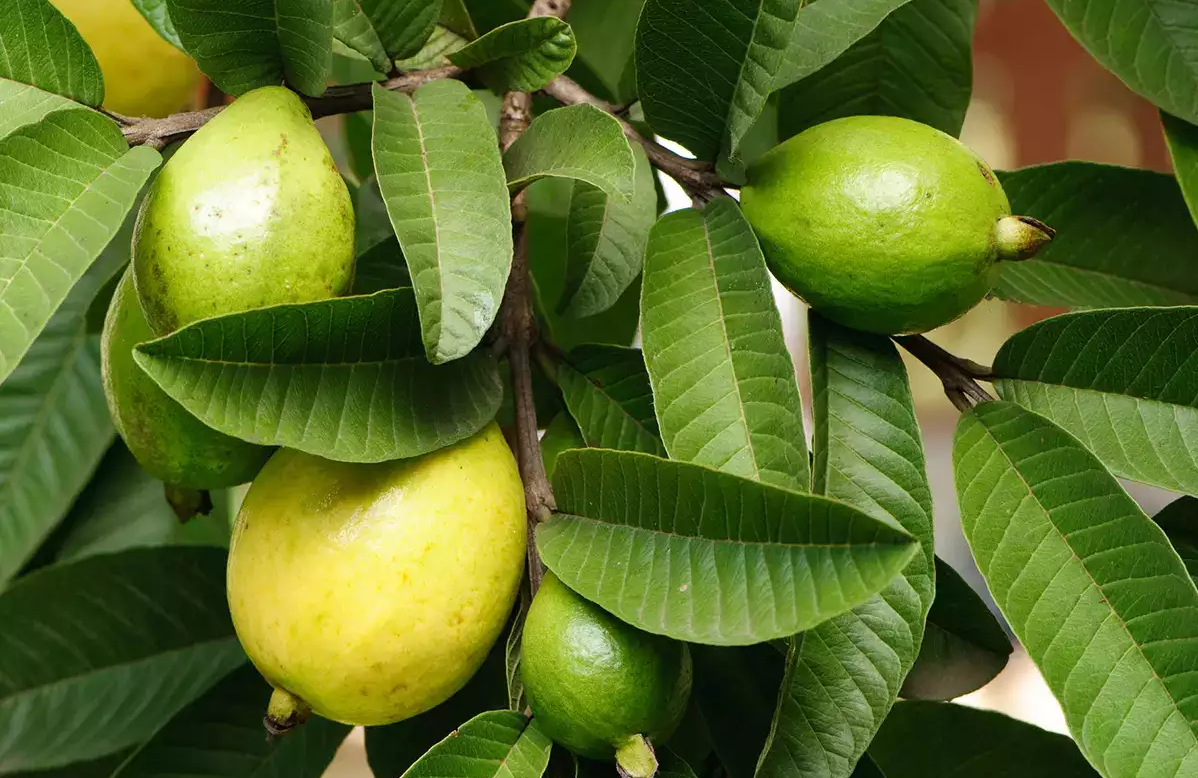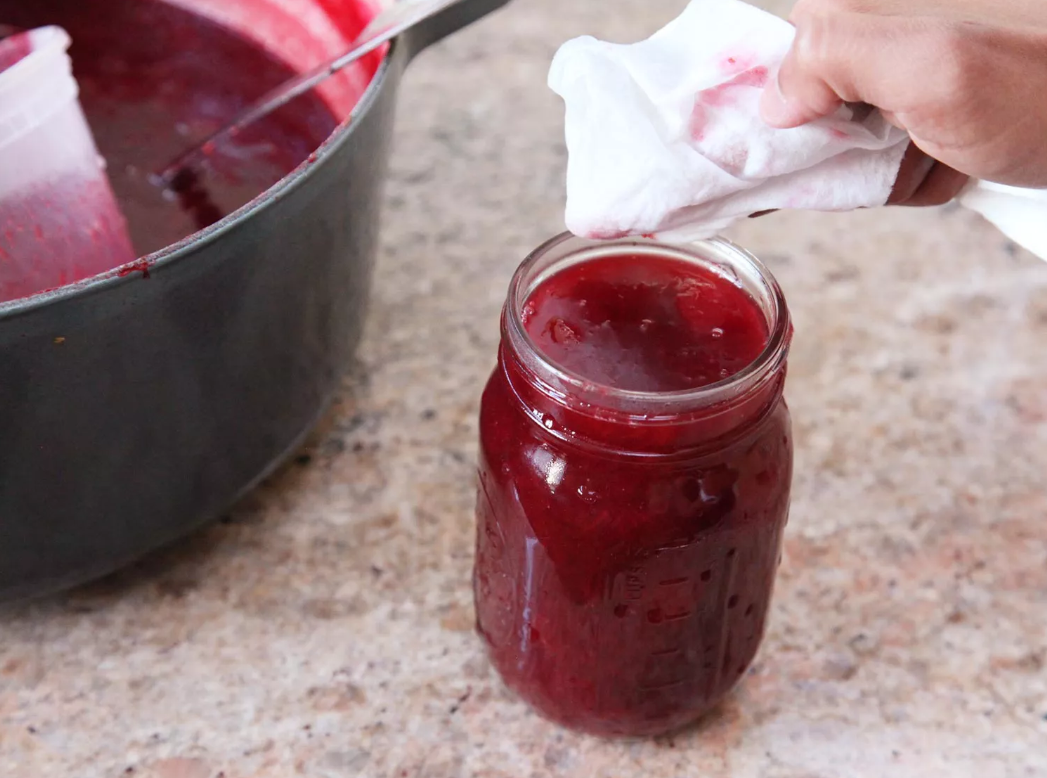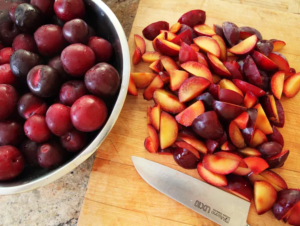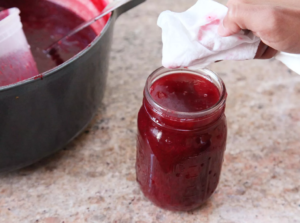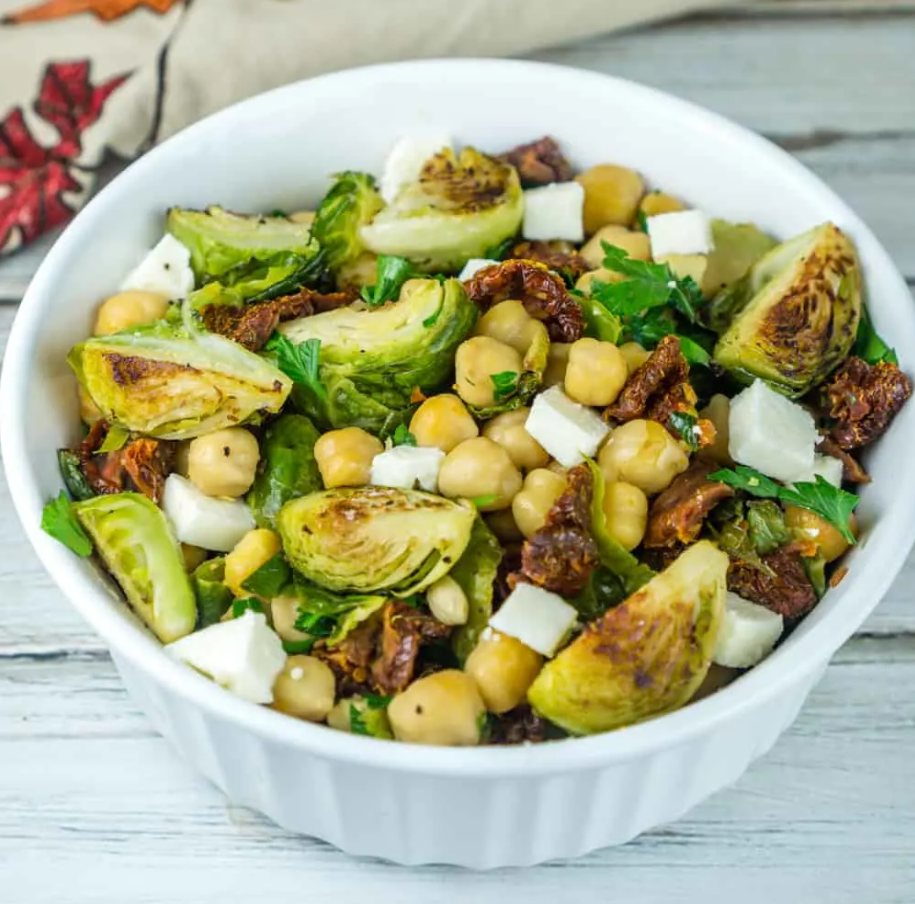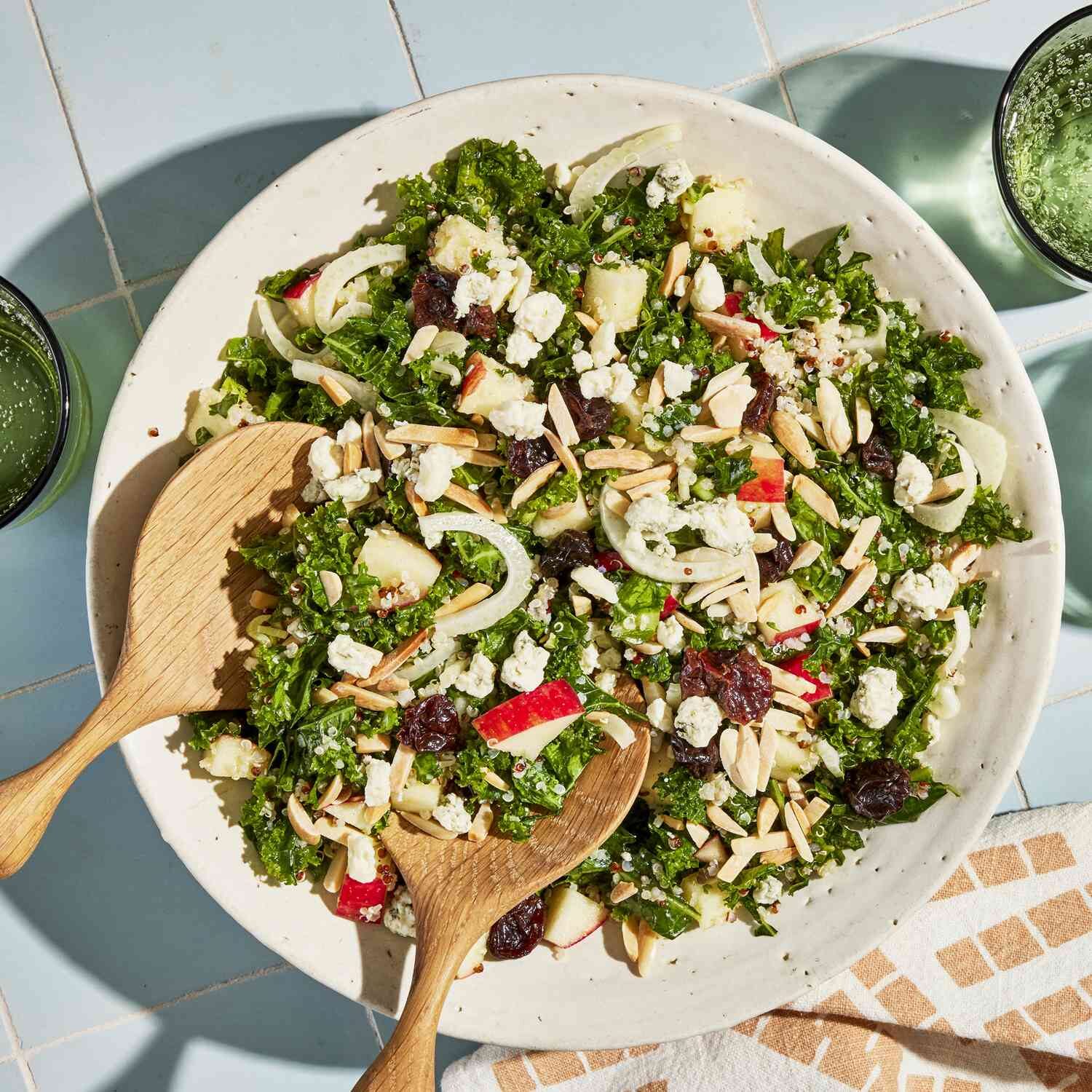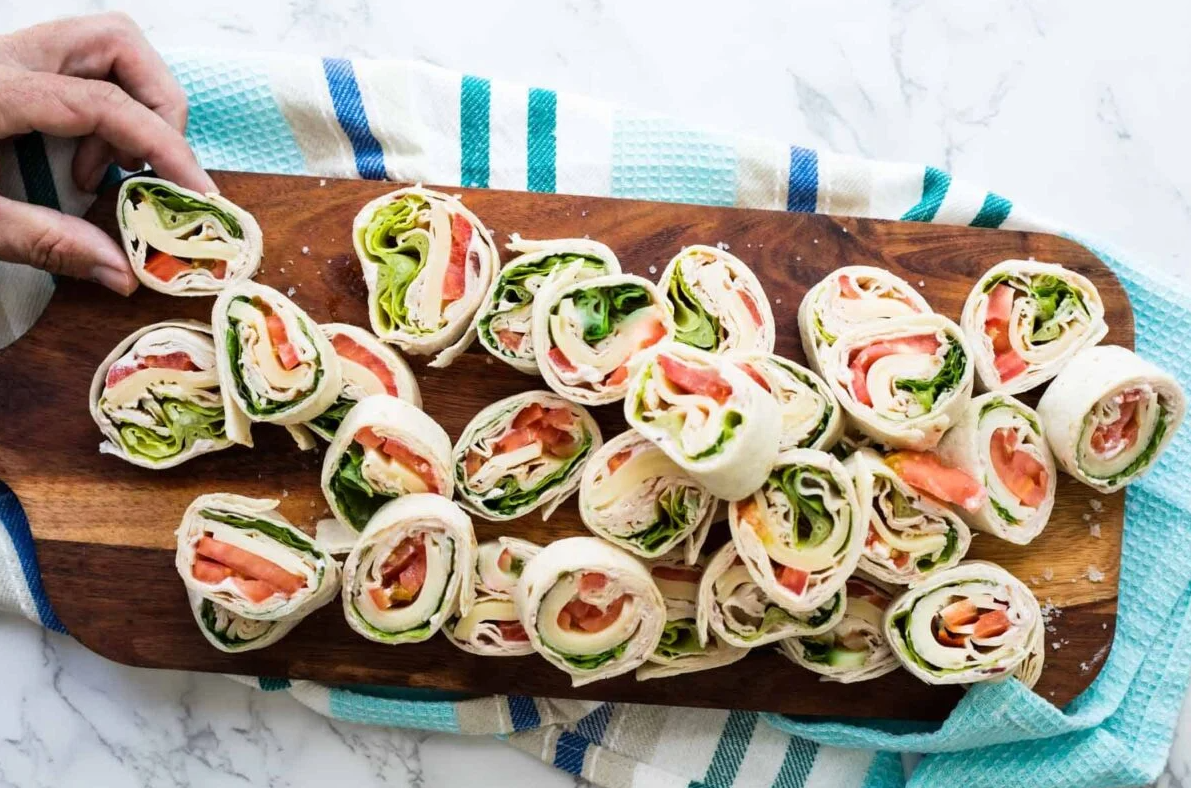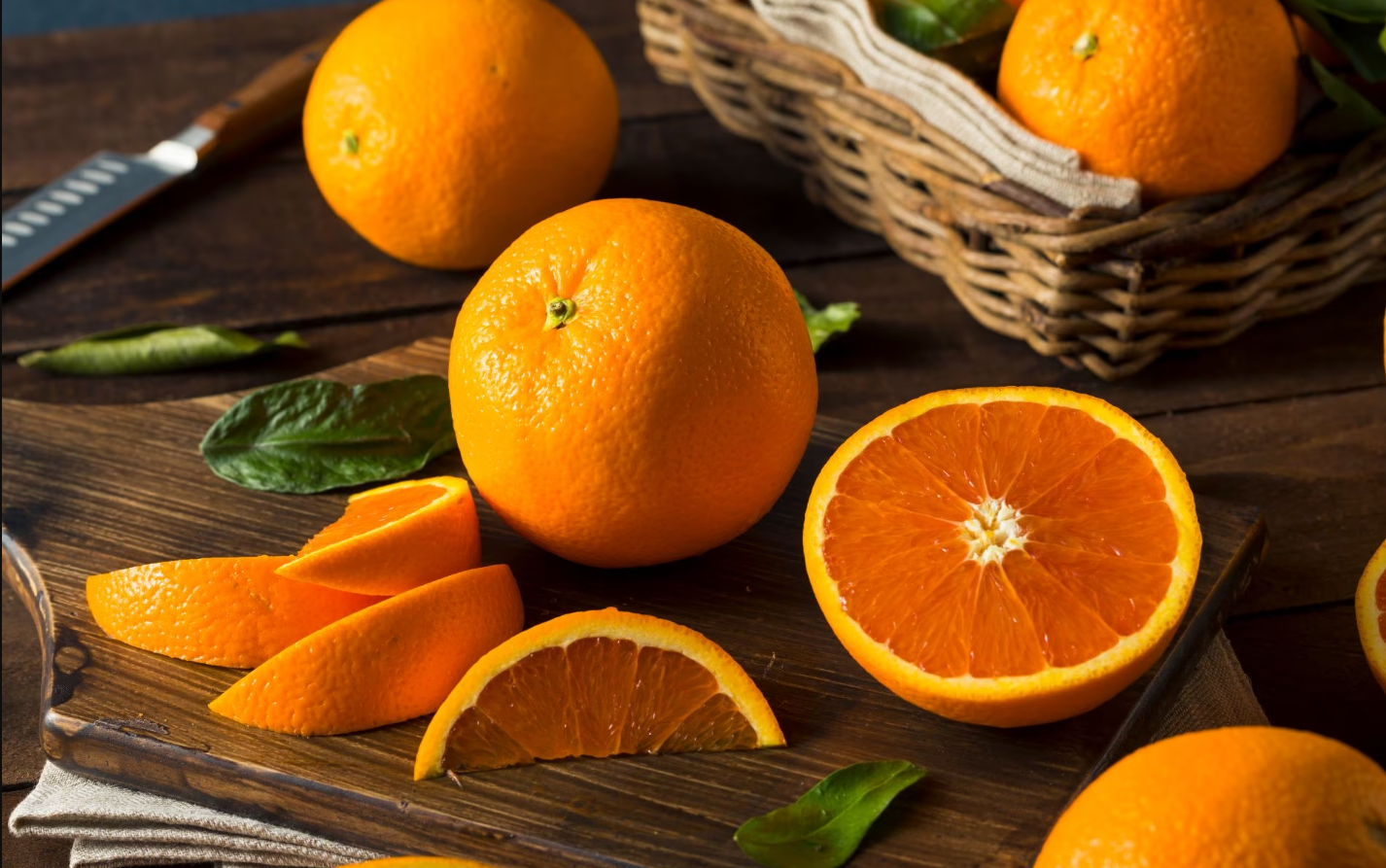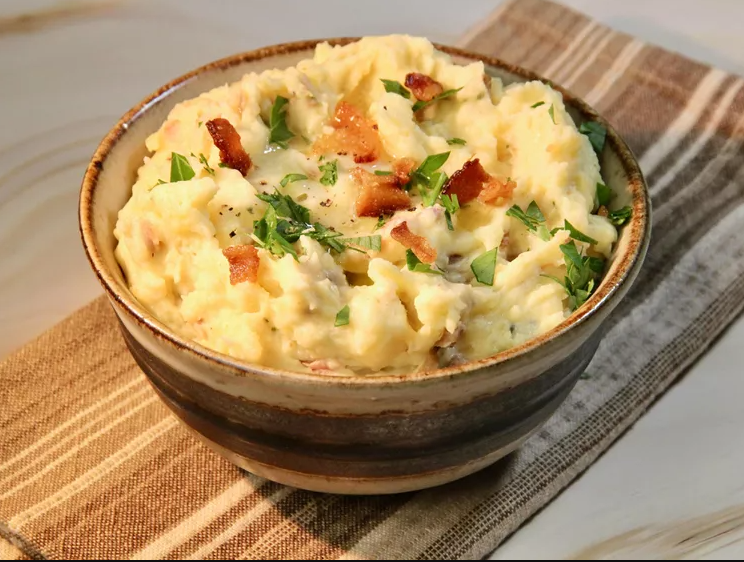A twist on creamed spinach, this cheesy Swiss chard gratin is studded with gnocchi toasted in butter. The Swiss chard adds an earthy flavor,
while the combination of nutty Gruyère and salty Parmigiano Reggiano brings richness and depth to the bechamel. Store-bought gnocchi can
be used to make the gratin in no time, and baking them in butter gives them a crunchy texture.
How do I cook Swiss chard?
The easiest way to cook Swiss chard is to quickly blanch it in boiling salted water and sauté it in olive oil, garlic, lemon, salt and pepper. If served raw
in a salad, toss with lemon juice or a light Dijon vinaigrette to soften the leaves and reduce the bitterness.
How do I get rid of the bitterness of Swiss chard?
Swiss chard can be blanched or stewed to cut its bitterness. Whether raw or cooked, it can be dressed with lemon juice, salt, and spices. In this recipe,
the sharp, full-bodied mornay sauce and starchy gnocchi help to soften the bitterness of Swiss chard.
How do I cook gnocchi?
Gnocchi can be lightly boiled, baked, or seared in a skillet. Be careful not to overboil the soft, pillowy dumplings.


